Watch incredible moment Elon Musk’s SpaceX Starship rocket explodes just eight minutes into planned 90-minute mission
Footage showed the moment Elon Musk’s SpaceX spaceship exploded in space less than 10 minutes into its planned 90-minute mission.
The spacecraft’s main module exploded shortly after liftoff at 1pm UK time on Saturday.
A clip from Starship’s second test flight showed the Super Heavy booster rocket successfully separated from the main module, which would carry passengers during a real flight.
About 30 seconds later, the booster experienced a “rapid, unplanned disassembly,” or explosion.
The main spacecraft was traveling at a speed of 24,000 km/h (or 19,000 mph) before it lost contact with ground control and appeared to explode 90 miles above the Earth’s surface.
The spaceship took off loaded with 4,500 tons of rocket fuel

A grab showing the spacecraft and booster taking off from SpaceX’s Starbase location on the Gulf of Mexico near Boca Chica
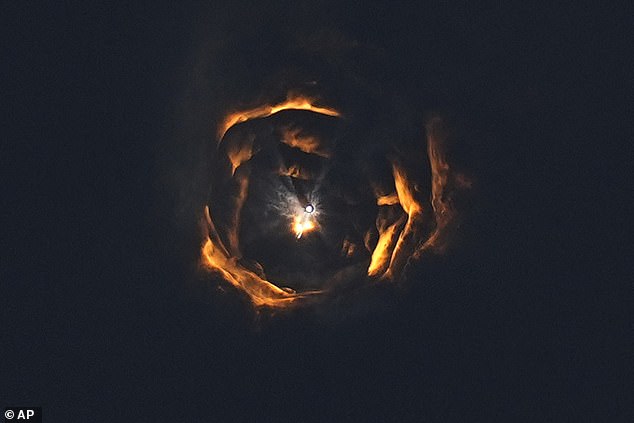
Shockwaves were created when Starship broke the sound barrier during its second test flight
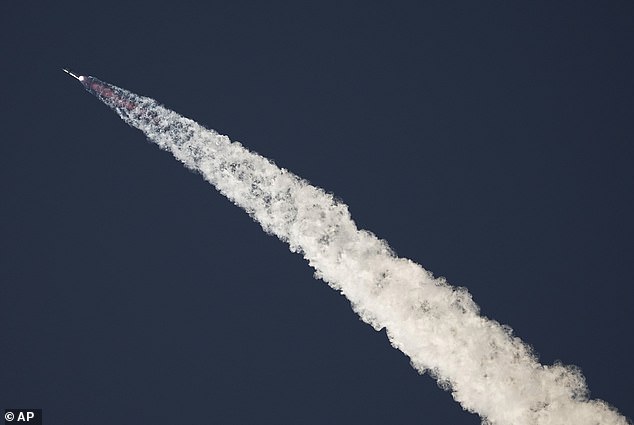
Starship’s goal was to fly 90 miles into the atmosphere before crashing into the Pacific Ocean off the coast of Hawaii.
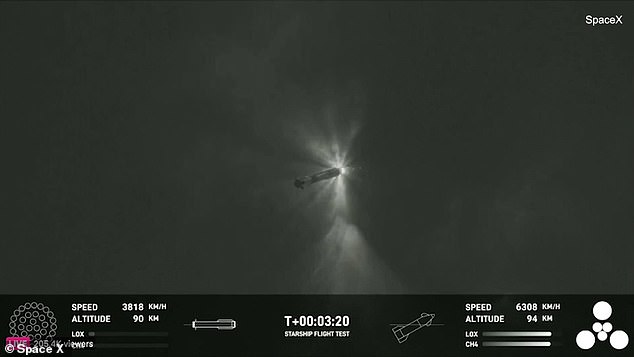
The clip from the second test flight showed the Super Heavy booster rocket successfully separated from the main module, which would carry passengers during a real flight
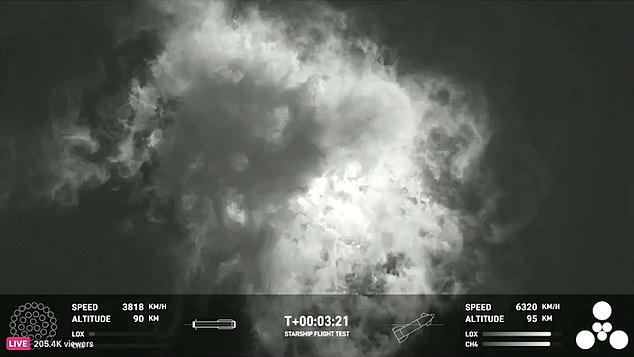
The booster then experienced what was called a “rapid, unplanned disassembly” — SpaceX’s term for an explosion
The spacecraft took off from SpaceX’s starbase on the Gulf of Mexico near Boca Chica, Texas, loaded with 4,500 tons (10 million lbs) of rocket fuel.
The goal was to fly 90 miles into the atmosphere before crashing into the Pacific Ocean off the coast of Hawaii, the same goal as the maiden voyage in April, which exploded four minutes after takeoff.
Approximately two minutes and forty-five seconds into the test, the booster motors were turned off before being disconnected from the rest of the module.
The Super Heavy booster then fell rapidly to Earth before exploding upon reaching the atmosphere.
If the booster had not been disassembled, it would have landed about eight minutes after launch, SpaceX said.
Images showed that the main module appeared to explode less than ten minutes after taking off from the ground.
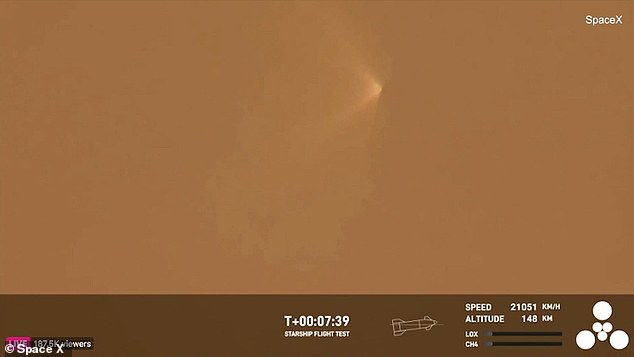
The main spaceship module was traveling at a speed of 24,000 km/h (or 19,000 mph) before losing contact with ground controls

Images showed that the main module appeared to explode less than ten minutes after taking off from the ground
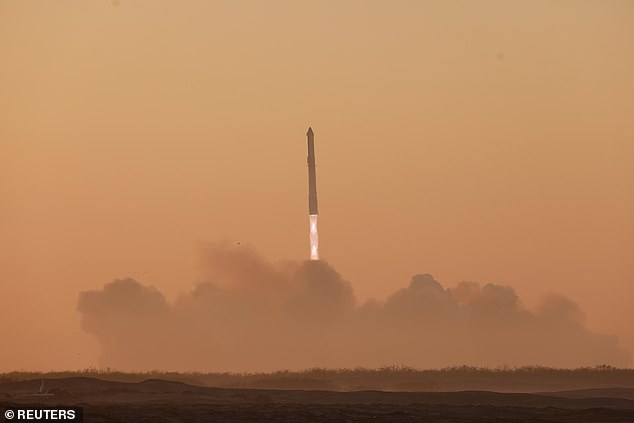
SpaceX still called the second test flight “incredibly successful” and said it had collected data that would be used to improve the next flight
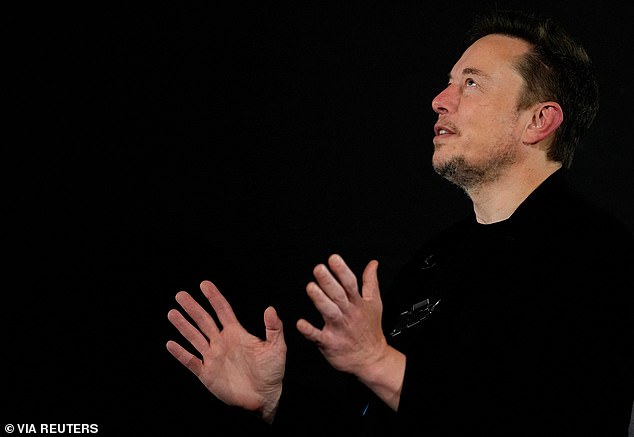
Elon Musk, CEO, Chairman and Chief Technical Officer of SpaceX, congratulated his team on X, formerly Twitter
Musk still praised the test flight as a success and congratulated his team on X an hour after the explosion.
SpaceX’s chairman, CEO and chief technical officer envisions Starship one day reaching the moon and conducting return flights to Mars.
SpaceX’s Kate Tice said during the livestream of the test on
“We have so much data and it will all help us improve for our next flight.”
She added that everything after “clearing the tower” was the “icing on the cake.”
But experts believe the missile self-destructed as a precaution due to an in-flight error.
Jonathan Amos, the BBC’s science correspondent, suggested that there was something “clearly wrong” with the test and that the computer would destroy the rocket as quickly as possible so that it would disintegrate over the Atlantic Ocean.
SpaceX engineer John Insprucker noted that the second stage’s Automated Flight Termination System had activated very late in the fire.
